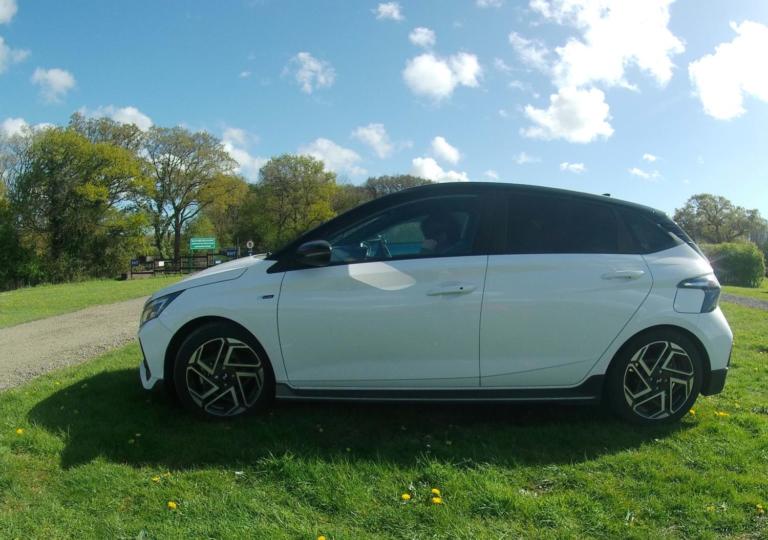
It’s always surprised me that more gardeners don’t grow pumpkins and squashes. There’s a huge range
to choose from, most of which are easy to cultivate. What’s more, pumpkins and squashes have many uses in the kitchen— even beyond soups and pies.
Plus, many types of pumpkin will store well into winter. As I write in late March there are still a few stored pumpkins from last autumn’s harvest yet to be used.
If you want to grow pumpkins or squashes late May and early June is the time to get plants in the ground. Unless you’re growing a lot, or want to experiment with different varieties, it’s probably easier to buy young plants.
You could sow seeds outside towards the end of May but germination can be poor, especially if the weather is cool or wet. Beginning this way also gives you a slower start, reducing the time plants have to grow, meaning there will be fewer fruit and a delayed ripening. Another option is to sow into pots in late April/early May, then plant the seedlings outside about four weeks later.
This works best if there’s a greenhouse or other protected space with full light. Windowsills aren’t ideal; seedlings tend to become spindly and weak. Regardless of how plants are started, do not have them growing outside and unprotected before the last weeks of May. Young pumpkin and squash plants are vulnerable to even the slightest nip of late spring frost.
As well as being sensitive to cold, most pumpkins and squash need plenty of space to crop well. It’s often recommended plants are set out as far as a metre apart. I tend to grow closer, at a 75cm distance, but many varieties are ‘trailers’, that is they’ll romp away in mid-summer with the rampant foliage sprawling three metres or more.
Where space is limited, it is possible to grow plants vertically, training them up a framework. Make sure the support structure is strong and capable of bearing the weight of the crop. An alternative is to grow only so-called ‘bush’ varieties that have a ‘wingspan’ similar to a courgette plant.
At this point you may be wondering, is there much of a difference between pumpkin and squash?’ The short answer is not a lot. Botanically there’s no major distinction.
All types belong to branches of the Cucurbita family. When it comes to the growing, varieties labelled as pumpkins tend to be slightly easier to grow than those described as squashes. This is especially true with butternut squash. Although hotter summers and new varieties are helping, in my experience these are still unreliable croppers in Yorkshire.
If you want something akin to a butternut but far easier to grow, consider the pumpkin Crown Prince. This has grey-blue skin and deep orange flesh. It can easily reach the size of a dinner plate and stores extremely well. Most of all, it’s tasty and lends itself to all kinds of uses. It is a trailer though, so needs plenty of room.
A squash alternative is the Gold Nugget variety. This is non-trailing and can produce four or more modest sized fruit per plant. But these are just two personal favourites. Pumpkins and squashes come in all shapes and sizes and in various intermingled subgroups. The Web will tell you more. Choose from acorns, buttercups, kuris, kabochas and patty pans to name check just a few types. And for novelty there’s always the curious tromboncionos, so-called because of their resemblance to a trombone.












Add a comment